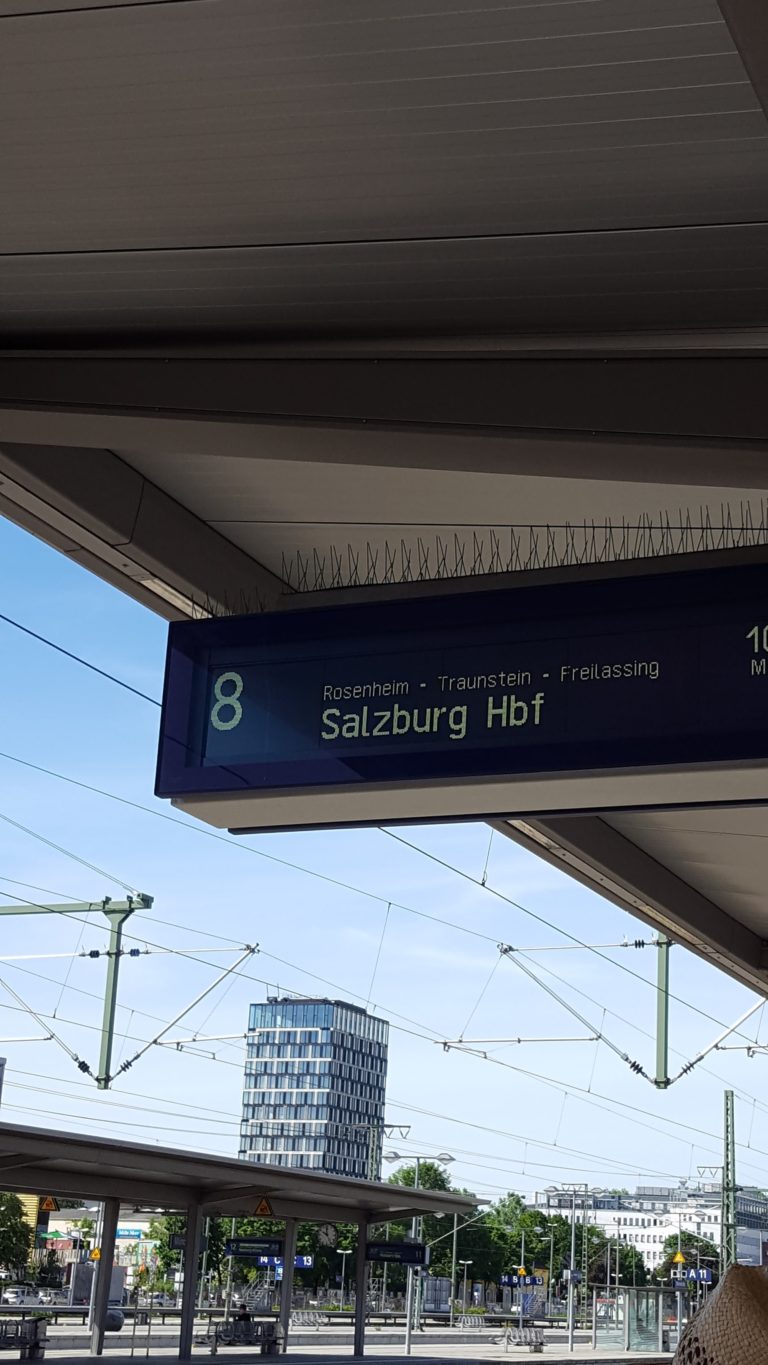
Connection
My eyes opened. Turning over in the bed, I picked up my cell phone and checked the time. The bright screen showed 3:00 a.m. I was not surprised.
“Sweetheart,” I whispered, “are you awake?”
“Yep,” came the very awake-sounding voice of sleep-deprived wife.
Ah, jet lag, you enemy of travel. You unwanted companion of every trip. We turned on the light and rolled out of bed. This was our first night in Salzburg, Austria. The next few nights would go easier, but the jet lag would have its grip on us until the end of our trip. After we ate a snack, I looked at the top bar on the screen of my cell phone. It was connected to the free internet provided by the tiny inn.
Over the past decade, internet connection and connective communication has changed more than anything else in travel. Wireless internet is now readily available in almost every café, hotel, gift shop, and even city. Most of the time we travel we simply wait to use our phone until we connect to one of those free sources. And when we want constant connection, we always have the option to rent a wireless internet device.
In Tokyo, for example, one simply has to walk through the airport to see booths renting hotspots for a reasonable price. For 20 bucks, I can throw a little device into my backpack. Everybody traveling with me can then connect to the internet. It’s brilliant. The more technical connective option is to use a different SIM card. But that’s a deeper level of geek than I’m willing to get into right now.
Twenty years ago, many places across the world had spotty (if any) land-line telephone service. Running lines and poles and making physical space for the telephone is more involved than you may think—and unreliable. At some point in the past couple of decades, technology jumped from not being able to have a land-line telephone, directly to crystal clear cell phone service. It’s mind-blowing.
“Should we call my parents?” I said.
“What time is it there?”
“Oh, about 6 p.m. yesterday.”
I tapped the free app on my phone and it began to ring. Soon, the smiling faces of my mom and dad in California popped onto the screen.
Worldwide connection has not made travel less interesting or less valuable. It has made travel more accessible, doable. Connectivity allows the traveler to share experiences and keep in touch with loved ones.
Easy worldwide connectivity is one of the most positive aspects of modern travel.
anthony forrest
Leave a Reply